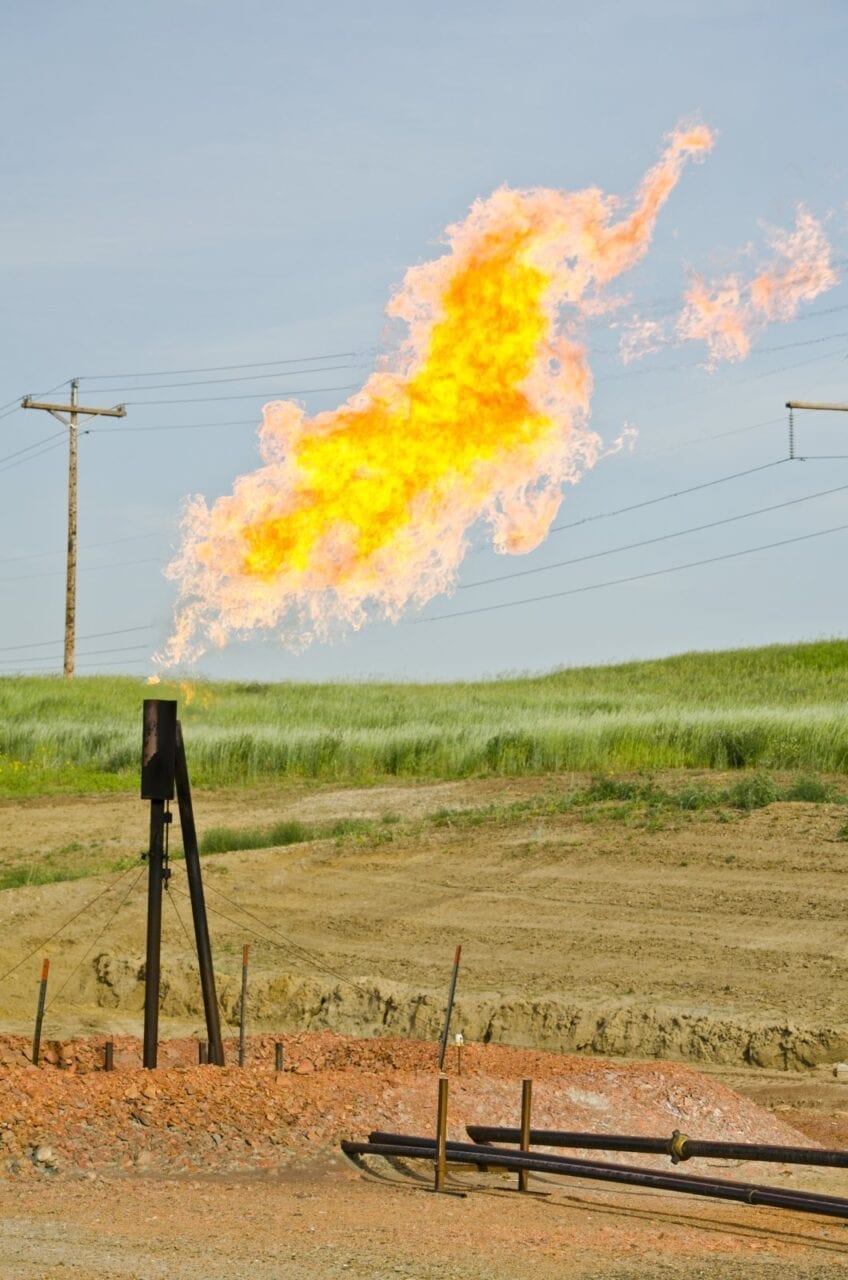ARPA-E Launches Program to Abate, Prevent Methane Emissions
The post ARPA-E Launches Program to Abate, Prevent Methane Emissions appeared first on POWER Magazine.

The Department of Energy (DOE) on April 8 launched a new Advanced Research Projects Agency-Energy (ARPA-E) program that will initially focus on reducing methane emissions from oil, gas, and coal industries.
The agency announced up to $35 million for the new Reducing Emissions of Methane Every Day of the Year" (REMEDY) program, a three-year research initiative it said will support projects that can be replicated easily and commercialized quickly."
The program is seeking system-level technical solutions that can achieve a 99.5% methane conversion while meeting a levelized cost of less than $40/ton of carbon dioxide equivalent. Potential projects should be able to operate in generation spaces where very-low methane concentrations are common, for integration into complete oil, gas and coal generation systems that can quantify emission reductions while ensuring consistent system operations," the DOE said. Systems must also incorporate technologies that can operate at lean- and ultra-lean methane concentrations and be integrated with sensors and/or control algorithms to quantify emission reduction and ensure consistent operation.
The funding opportunity will focus on three key value chains:
- Exhaust from 50,000 natural gas-fired lean-burn engines. These engines are used to drive compressors, generate electricity, and increasingly repower ships," the DOE said.
- The estimated 300,000 flares required for safe operation of oil and gas facilities.
- Coal mine ventilation air methane (VAM) exhausted from 250 operating underground mines.
ARPA-E plans to spread the funding across two phases over the program's three years. It said Phase 1 will focus on confirming the operability of technical proposals, approaches, and system components. Following a down-select, Phase 2 teams will confirm performance in a limited field test or in larger, extended-lab-scale test environments. ARPA-E encourages diverse teams to apply for this funding, including those with manufacturing and operations expertise," it said.
While narrow, the program's current focus on oil, gas, and coal methane emissions may be just one of several initiatives that could be explored under REMEDY, documents show. The DOE said the focus on fossil fuels takes into account that they make up 78% of U.S. primary energy. Successful technologies will provide domestic energy producers and U.S. energy consumers economic and environmental benefits," it said.
Methane (CH4) is a greenhouse gas (GHG) that accounts for about 10% of total GHG emissions emitted by human activities in the U.S., according to the U.S. Environmental Protection Agency's draft Green House Gas Inventory released earlier this year (a final report is expected in April 2021).
However, methane is significantly more effective than carbon dioxide at trapping heat in the atmosphere, according to an estimate released in 2007 by the Intergovernmental Panel on Climate Change's (IPCC's) Fourth Assessment Report. More recent studies by the IPCC suggest that over the past 250 years, the concentration of CH4 in the atmosphere increased by 167%. Within the U.S., the main anthropogenic sources of CH4 include enteric fermentation from domestic livestock, natural gas systems, landfills, domestic livestock manure management, coal mining, and petroleum systems.
 2019 Sources of Methane (CH4) Emissions. Source: EPA, 2021
2019 Sources of Methane (CH4) Emissions. Source: EPA, 2021While enteric fermentation, the largest anthropogenic source of methane emissions in the U.S., has increased 8.4% since 1990, owing to increasing trends in cattle populations, natural gas systems emissions have decreased by 16.7% since 1990, the EPA suggests. The decrease in distribution emissions is due to decreased emissions from pipelines and distribution station leaks, and the decrease in transmission and storage emissions is largely due to reduced compressor station emissions [including emissions from compressors and equipment leaks]," it says.
ARPA-E began assessing technologies to prevent or abate methane emissions last year, under the Trump administration. In October 2020, it issued a request for information for processes that could reduce methane emissions by more than 90% on a lifecycle basis.
In a November 2020 blog post, the research agency noted it was considering several potential technologies to prevent, abate, and even remove methane emissions from the air (even though methane lasts only about nine years in the atmosphere). Options to prevent methane from escaping from orphaned wells, leaking plugged wells, and coal mines include new materials or techniques for sealing the sub-surface, and/or biological intervention to consume' the methane before it gets to the surface."
To reduce methane burps" from ruminants like cattle, ARPA-E was considering novel genetics, nutrients, and/or enteric consortia modifications." To oxidize methane to CO2 using catalysts-in particular, non-platinum group catalysts, or techniques that expand the operating range of catalysts-it has surveyed work using photo-catalysis, electro-catalysis, electrochemical-catalysis such as non-faradaic electrochemical modification of catalytic activity and plasma-assisted catalysis to oxidize methane. Finally, to increase the methane combustion efficiency of gas-fired reciprocating engines and flares, it said it was looking to better mechanical designs and/or chemical additives.
The funding opportunity under REMEDY comes after the agency in February announced an open opportunity for up to $100 million in government research and development funding for transformative clean energy technology, focused on identifying cutting-edge, disruptive clean energy technologies that will play a key role in addressing the climate crisis. Concept papers under the open funding opportunity were due on April 6.
Since ARPA-E opened its doors in 2009, the agency has issued an open funding announcement about every three years, in order to investigate energy technology concepts outside the scope of previous ARPA-E program funding. As a spokesperson told POWER in February, the funding announcement is ARPA-E's largest single pot of funding through a program this year, and is one of (if not the first) new funding opportunities announced under the current administration to promote the development of clean energy technologies."
Concept papers for the funding announcement under REMEDY are due on May 21.
-Sonal Patel is a POWER senior associate editor (@sonalcpatel, @POWERmagazine).
The post ARPA-E Launches Program to Abate, Prevent Methane Emissions appeared first on POWER Magazine.